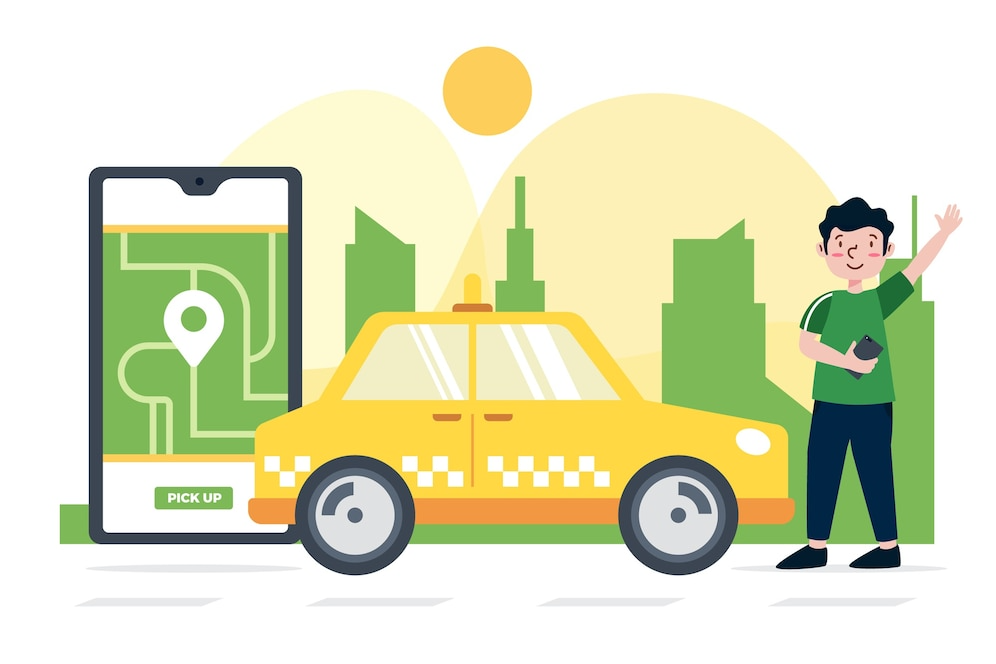Creating a user-friendly Ola clone app requires attention to detail, a deep understanding of user needs, and strategic planning. This guide will walk you through the essential steps and considerations for developing an Ola clone taxi booking app that users will love.
Understanding User Needs
Identifying the Target Audience
Before starting development, it’s crucial to understand who your users are. Identify your target audience based on factors such as age, location, transportation needs, and tech-savviness. This will help tailor the app to meet their specific requirements.
Conducting User Research
Engage in user research to gather insights into what users expect from a taxi booking app. Surveys, interviews, and focus groups can provide valuable feedback on user preferences, pain points, and desired features. This information will guide the app’s design and functionality.
Analyzing Competitors
Study successful taxi booking apps like Ola, Uber, and Lyft to identify best practices and areas for improvement. Analyze their features, user interfaces, and user feedback to understand what works well and what doesn’t. This analysis will help you create a competitive and user-friendly app.
Designing a User-Friendly Interface
Simplicity and Clarity
Clean and Intuitive Design
A user-friendly app should have a clean and intuitive design. Avoid clutter and use a simple color scheme. Ensure that the navigation is straightforward, allowing users to book a ride with minimal effort. Icons and buttons should be clearly labeled and easily accessible.
Consistent Design Elements
Maintain consistency in design elements such as fonts, colors, and button styles throughout the app. Consistency helps users quickly familiarize themselves with the app, enhancing their overall experience.
Streamlined Booking Process
Easy Registration and Login
Implement a simple registration and login process. Allow users to sign up using their email, phone number, or social media accounts. Ensure that the process is quick and secure.
Quick Ride Booking
The ride-booking process should be as quick and easy as possible. Allow users to enter their pickup and drop-off locations, choose the type of ride, and book a ride with just a few taps. Implement features such as saved locations and ride history to further streamline the process.
Real-Time Tracking and Updates
Accurate GPS Integration
Integrated accurate GPS technology to provide real-time tracking of rides. Users should be able to see the exact location of their driver, estimated arrival time, and route taken. This feature enhances transparency and builds trust.
Timely Notifications
Send timely notifications to keep users informed about their ride status. Notifications can include driver assignments, arrival time updates, and ride completion. Ensure that notifications are clear and informative.
Developing Core Features
User Profiles and Preferences
Customizable Profiles
Allow users to create and customize their profiles. Profiles can include personal information, payment details, and ride preferences. Customizable profiles enable a personalized experience, enhancing user satisfaction.
Preferences Settings
Implement preference settings where users can specify their preferred vehicle type, payment method, and additional requirements such as child seats or wheelchair accessibility. This feature ensures that users get a tailored experience every time they book a ride.
Payment Options and Security
Multiple Payment Methods
Offer a variety of payment methods including credit/debit cards, digital wallets, and cash. Providing multiple options ensures that users can choose the most convenient and secure payment method for them.
Secure Transactions
Integrate secure payment gateways to protect user transactions. Implement encryption and other security measures to safeguard sensitive information. Security is a critical aspect of user trust and satisfaction.
Ratings and Feedback
Driver Ratings
Allow users to rate their drivers and provide feedback after each ride. This feature helps maintain service quality and encourages drivers to provide excellent service.
User Feedback
Collect feedback from users about their overall app experience. Use this feedback to make continuous improvements and address any issues. Engaging with user feedback demonstrates that you value their opinions and are committed to enhancing their experience.
Ensuring High Performance and Reliability
Scalability
Handling Traffic Spikes
Design the app to handle traffic spikes during peak hours. Implement scalable infrastructure that can accommodate a growing number of users and rides without compromising performance.
Load Testing
Conduct load testing to ensure that the app performs well under various conditions. Identify and address any performance bottlenecks to ensure a smooth and reliable user experience.
Reliability
Minimizing Downtime
Ensure that the app has minimal downtime. Implement robust backend systems and regular maintenance schedules to prevent outages and disruptions.
Bug Free Experience
Thoroughly test the app to identify and fix any bugs or issues. A bug-free app enhances user satisfaction and trust. Regular updates and maintenance are essential to keep the app running smoothly.
Implementing Effective Marketing Strategies
Pre-Launch Marketing
Building Anticipation
Start marketing your app before the official launch. Use social media, email campaigns, and teaser videos to build anticipation and generate interest. Highlight the unique features and benefits of your app to attract potential users.
Beta Testing
Conduct beta testing with a small group of users to gather feedback and identify any issues. Use this feedback to make final improvements before the official launch. Beta testing helps ensure a smooth launch and a positive user experience.
Post Launch Marketing
User Acquisition
Implement strategies to acquire new users post-launch. Use targeted advertising, referral programs, and partnerships to reach a broader audience. Offer promotions and discounts to attract new users.
User Retention
Focus on retaining users by providing excellent service and continuous improvements. Engage with users through regular updates, new features, and personalized offers. Happy and satisfied users are more likely to stay loyal and recommend the app to others.
Conclusion
Building a user-friendly Ola clone app involves understanding user needs, designing an intuitive interface, developing core features, ensuring high performance and reliability, and implementing effective marketing strategies. By partnering with an on-demand app development company, you can follow this comprehensive guide to create a taxi booking app that stands out in the competitive ride-hailing market and delivers an exceptional user experience. Remember, continuous improvement based on user feedback is key to long-term success.
